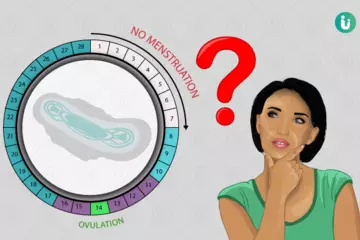What is frozen shoulder?
Adhesive capsulitis (frozen shoulder) is a condition that results in pain or discomfort due to rigidity in the shoulders. It causes marked limitation of shoulder movements with no apparent cause. Globally, the prevalence of frozen shoulder is found to be 2%-3%. It most commonly occurs in the age group of 40-70 years and is more likely to affect women than men.
What are its main signs and symptoms?
There are three phases that characterise frozen shoulder:
- Freezing stage
- Frozen stage
- Thawing stage
Typical symptoms include:
- Shoulder stiffness
- Chronic pain
- Lack of shoulder movements due to discomfort
- Unbearable pain at night
What are its main causes?
The causative factors of frozen shoulder are not known. It is typically observed in individuals with high blood sugar levels. It can also be seen in people with high or low thyroid hormone levels, psychomotor disability, and cardiac (heart) malfunction. Bedridden patients are at a higher risk of developing a frozen shoulder.
How is it diagnosed and treated?
Physically examining the patient is the primary step in diagnosing this condition. Imaging can be done to exclude other possibilities. Most commonly, X-rays and MRI scans are used to detect any abnormalities of the bone.
Treatment:
Non-surgical methods include:
- NSAIDs can help in reducing pain and discomfort. Inflammatory conditions may be managed by these drugs.
- Steroids can be injected for better pain relief.
- Physiotherapy may be needed to improve the range of motion.
Surgical methods:
- Shoulder arthroscopy.
- Manipulating the shoulder under anaesthesia.
Self-care tips:
- The major treatment strategy is exercise and physical therapy.
- It is best to avoid lifting any heavy objects to reduce strain on the shoulders.
- Common pain remedies can be used to provide symptomatic relief.
Frozen shoulder is a self-resolving condition that needs proper management and care. Long-term preventive steps like regular walking and exercising can help prevent recurrence in the future.

 OTC Medicines for Frozen Shoulder
OTC Medicines for Frozen Shoulder















